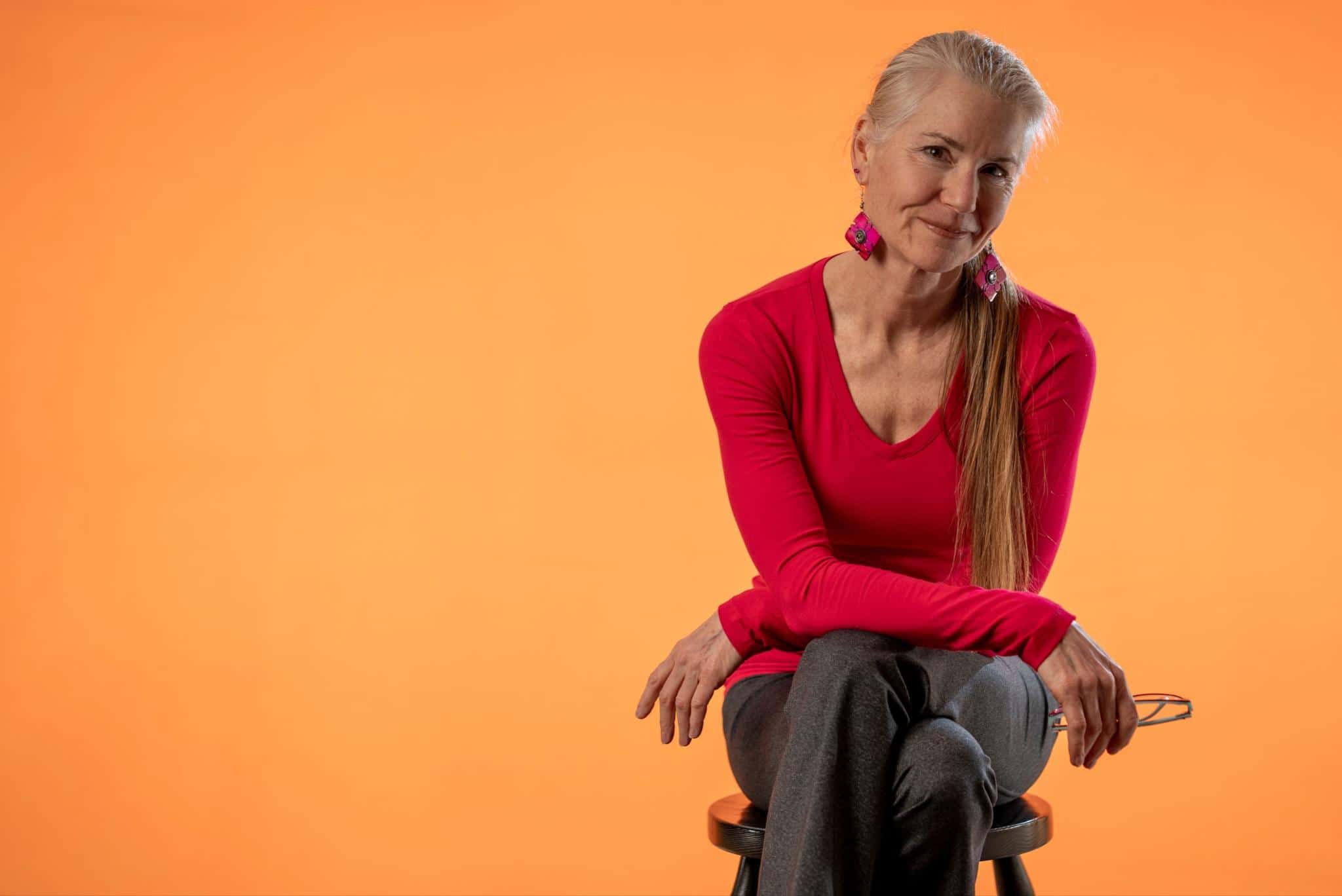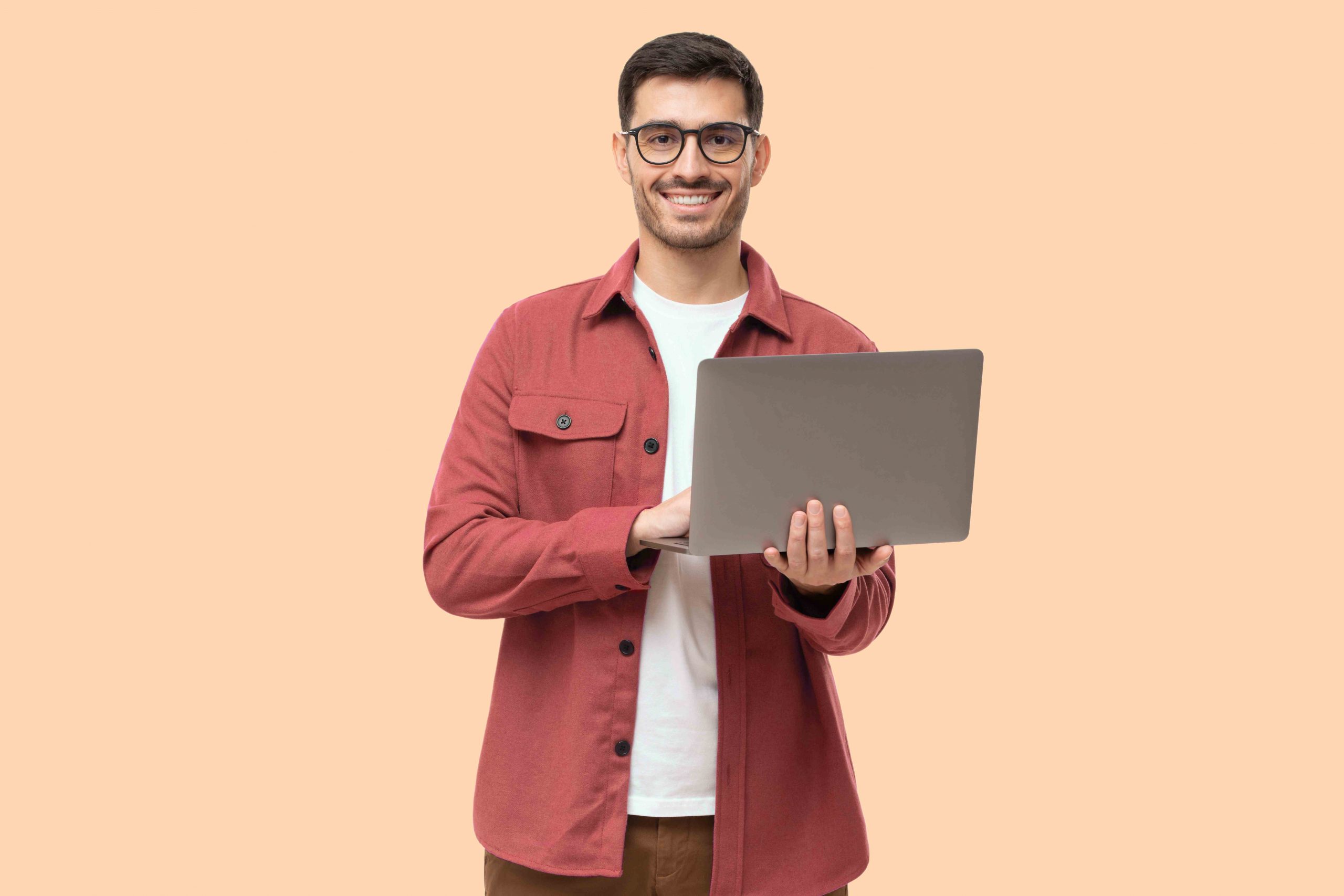How To Use AI to Write an Executive Summary (+ Examples)
Quick Summary
- An executive summary is your first—and sometimes only—chance to grab attention. Make it concise, compelling, and directed to your audience.
- Don’t just tell; add value from the start. Use AI tools to enhance clarity, tone, and structure.
- Give it purpose. Include key metrics and a clear value proposition.
As an experienced marketing expert, you’re likely familiar with the idea of an executive summary. You know that this content is often your first chance to pull people into your ideas and wow them. Of course, writing an executive summary is harder than it sounds.
Media Shower is here to help! In this guide, you’ll discover our AI-powered Executive Summary Generator, as well as FAQs and best practices that will deliver summaries that sizzle.
What Is an Executive Summary?
An executive summary is your document’s highlight reel: short, sharp, and packed with value. It gives busy stakeholders a fast take on your key points, conclusions, and next steps—without making them wade through the full report.
A great executive summary shows why your work matters, sparks interest, and drives decisions. If it hooks them right, they’ll want to keep reading.
What Should an Effective Executive Summary Include?
The best executive summaries always hit these five points:
- Purpose and scope. Spell out what your document covers—and why it matters.
- Key findings. Show your most important results up front.
- Recommendations. Give clear next steps or actions to take.
- Value proposition. Tell them what they’ll gain and why it matters.
- Call to action. Point the reader toward the next move.
What Are Examples of Effective Executive Summaries?
Here are three standout examples of executive summaries to inspire your next project:
Example #1: Building Bridges Initiative executive summary
 Image Source: Sample.net
Image Source: Sample.net
This executive summary is effective for several reasons:
- Clear and concise language. It uses straightforward language that is easy to understand for a broad audience, including judges, legal partners, and professionals working with youth and families.
- Compelling introduction. It starts with a strong statistic about the prevalence of residential interventions for children in foster care, highlighting the need for best practices.
- Emphasis on key points. It uses bullet points and clear headings to present the critical components of safe, quality, and effective residential programs.
- Actionable questions for courts. It provides specific questions that judges and legal partners should ask to assess the quality of residential programs.
Example #2: Food Chain Intelligence executive summary
 Image Source: Sample.net
Image Source: Sample.net
This executive summary by Food Chain Intelligence investigates best practices for reducing greenhouse gas emissions in food distribution systems. It explores five categories of initiatives: farmer-led, consumer-led, retailer-led, global manufacturer-led, logistics-led, and government-led.
- Clear and concise. It provides a high-level overview of the report’s objectives, findings, and recommendations.
- Calls to action. It encourages collaboration and highlights opportunities for further investigation.
Example #3: Zoom executive summary
 Image Source: Sample.net
Image Source: Sample.net
This executive summary by Zoom effectively captures the attention of its target audience by clearly outlining the problem, showcasing the value proposition, and providing compelling evidence. It is concise, informative, and actionable, leaving a positive impression on potential customers.
- Well-structured. The summary is well-structured with headings, bullet points, and concise language.
- Design. Not every executive summary uses visuals, but this one does and does so very well. It is visually appealing with images and a logo.
- Accessible language. It avoids technical jargon, focuses on user benefits, and uses statistics to add credibility.
Example #4: AI-Generated executive summary for busy marketing managers
How Can AI Tools Help Write Better Executive Summaries?
Good news: AI doesn’t replace your expertise—it supercharges it. Here’s how AI tools can make your executive summaries stronger:
- Improve clarity. Sharpen your language so every word works harder.
- Optimize length. Cut the fluff, keep the essentials.
- Match your audience. Adjust the tone and style depending on who’s reading.
- Highlight the big stuff. Make sure your most important points rise to the top.
Use AI early in your process. It’s like having a second brain—one that never gets tired of editing.
What AI Prompts Should I Use to Improve My Executive Summary?
Put AI to work with these targeted prompts:
- To improve tone and style: Enhance the tone of the executive summary to sound more authoritative and confident.
- To condense content: Shorten the executive summary while keeping all essential information within 300 words.
- To use industry-specific language: Tailor the language to resonate with professionals in your industry.
- To emphasize key points: Identify the three most important aspects of the business or project and highlight them clearly.
- To reorganize for impact: Move the unique value proposition to the top for maximum effect.
- To clarify the language: Make the audience’s pain point pop with stronger emotional appeal.
- To highlight success metrics: Pull in KPIs that show clear growth and wins.
- To emphasize market research: Weave in recent market data that supports your strategy.
- To spotlight your competitive advantage: Spell out exactly why you beat the competition.
- To establish future goals: Sketch a forward-looking plan that shows where this project is headed.

What Are the Best Practices for Writing Executive Summaries With AI?
Follow these best practices to make your summaries sharper, smarter, and stronger:
- Lead with impact. Grab attention from the first line.
- Tailor to your audience. Match your tone and message to your readers.
- Focus on clarity. Keep it crisp and clean.
- Highlight results with visuals. Use AI to turn complex data into easy-to-digest charts or graphs.
- Emphasize your unique value. Show what makes you stand out—and back it up with facts.
- Keep it concise. Respect your reader’s time.
- Edit ruthlessly. Tight writing is good writing.
- Stay current. Update your summaries regularly to stay relevant.
- Seek feedback. Combine AI suggestions with real-world feedback to level up your final draft.
- Visualize key insights. A well-placed graphic can tell your story faster than a paragraph ever could.
Still have questions? See our FAQ below to learn more.
Media Shower’s AI marketing platform is specifically designed to help you quickly create impactful, precise, and engaging executive summaries. Click here for a free trial.
Frequently Asked Questions About Executive Summaries
How long should my executive summary be?
Stick to about 10% of your total document. If your report is 20 pages, aim for 1–2 pages.
Should I include financial data in the executive summary?
If you’re talking to investors or decision-makers who care about the bottom line, absolutely. Focus on key numbers like revenue growth, profitability, and projections.
Can an executive summary include visuals?
Definitely. Clean charts or graphs can help your message land faster. Just keep them simple and punchy.
What’s the difference between an executive summary and an abstract?
An executive summary is business-focused: clear, actionable, decision-ready. An abstract is academic: it summarizes research without necessarily driving action.
Should I write the executive summary before or after my full document?
Write it after. You’ll have a clearer view of what matters once the full piece is finished.
Do executive summaries require citations?
Usually not. If you drop a specific stat or reference, a light attribution works—but save the full sourcing for the main document.



